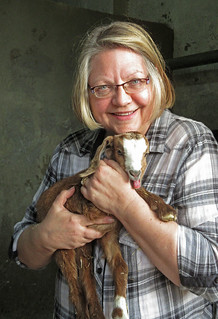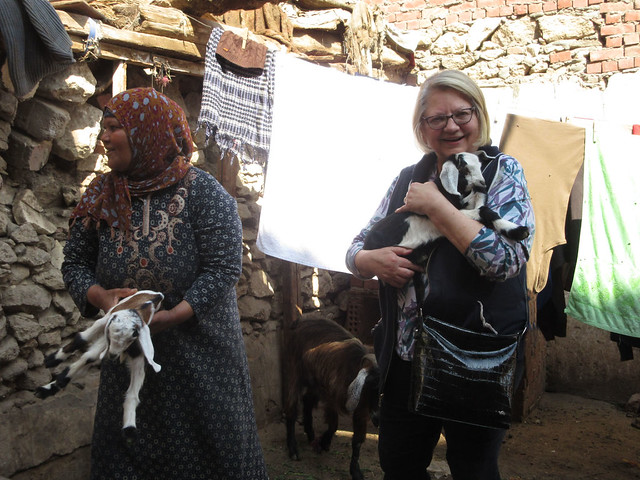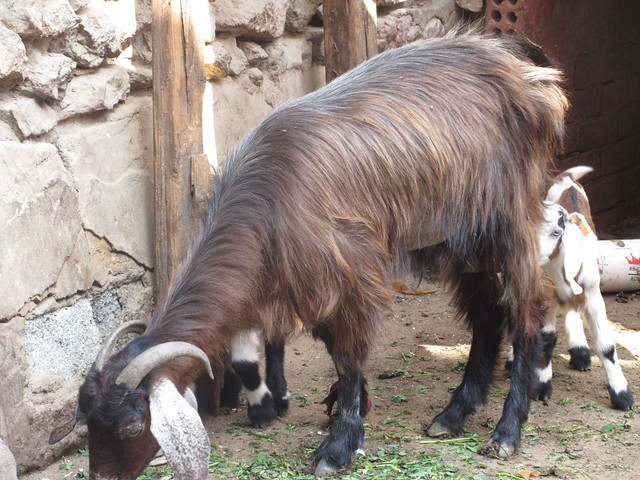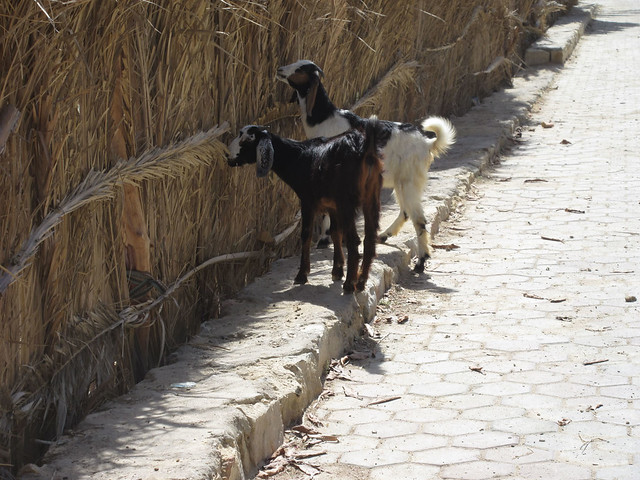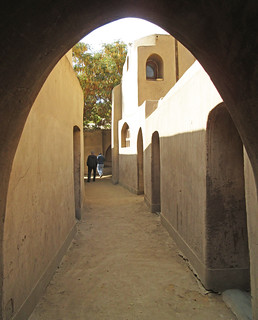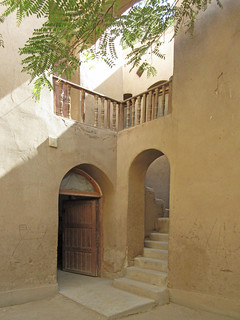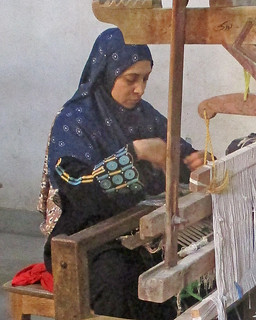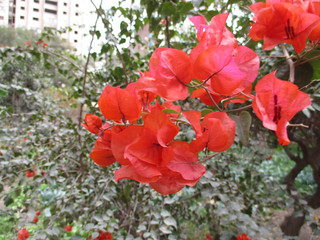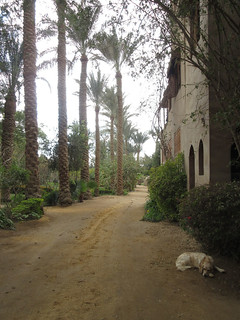About
a year ago, we visited the artist community of Tunis, along the shore or Lake Qarun near the Fayoum oasis about 70 miles southwest of Cairo. One of the shops we saw there belonged to Ahmed Mansour, the "bird man" of Tunis. We kept a picture of his shop and phone number for future reference. "Some year...." we thought. Well, this is the year.

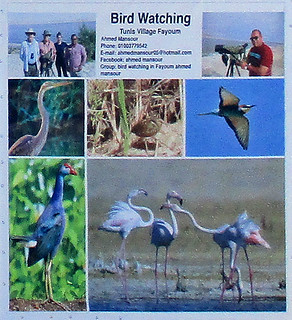
After contacting Ahmed, we decided to plan an overnight stay in one of the local Tunis hotels and then to have an early morning excursion with Ahmed for several hours of birding, mostly in the marshes along the shore of the lake.

Ahmed joined us and with our friend Roshdy driving, we departed for the lake at 6:00 a.m. as the sun was just above the horizon. We hadn't driven more than a hundred feet when Ahmed pointed out our first few birds standing in the hotel driveway. We would see, by our count, 31 different varieties of birds in the next four hours. We managed to get decent pictures of twenty.
As we pulled into one of Ahmed's well scouted dirt trails leading down toward the lake, he pointed out this crested lark, basking in the first rays of sunlight.

We left the car and began a walk through the reedy marshland down to the shoreline. We discovered an abundance of black-winged stilts and spur-winged plovers.
Stilts.
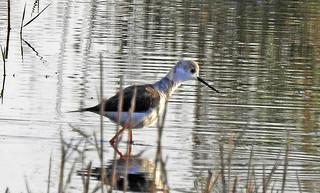

Spur-winged plovers.

(Just a reminder that you can click on any picture to enlarge it and click again to enlarge more. You will be in my Flickr album at that point and can move through the pictures with arrows on the right and left edges of the photos.)
We soon discovered that Ahmed could imitate the sound of any bird. His hearing would pick up sounds of a particular bird in the distance which he could amazingly spot at an impossible distance. He aimed his spotting scope and then invited us to view a small bird from a hundred yards away. He is quite a remarkable birding guide.

Some birds were very noticeable by their calls like this clamorous reed warbler that was always hidden back in the reeds.


Other difficult to spot birds included this purple gallinule slightly out of focus in the distance behind the mallard that you might not see at first glance in the foreground.

These plovers seemed to be enjoying the view in the distance

when they were joined by a moorhen in their midst.
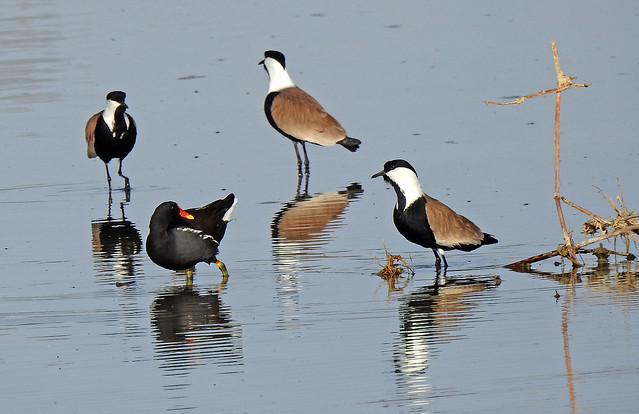
Taller birds included this little egret
and squacco heron.
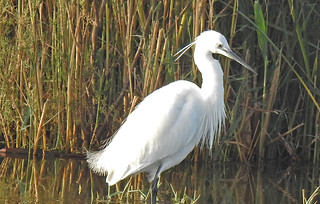

A grey heron posed nicely for us.

In between spots on the waters edge, Ahmed found interesting birds perched on the powerlines including this white-breasted kingfisher and a little green bee-eater.


Of course, the white-breasted kingfisher deserves his own picture from the front as well.

People who come to lake Qarun expect to see flamingoes and Ahmed Mansour keeps a close eye on their movement. It took a while for him to locate the flock but we closed out the morning with a group photo of these long necked birds.
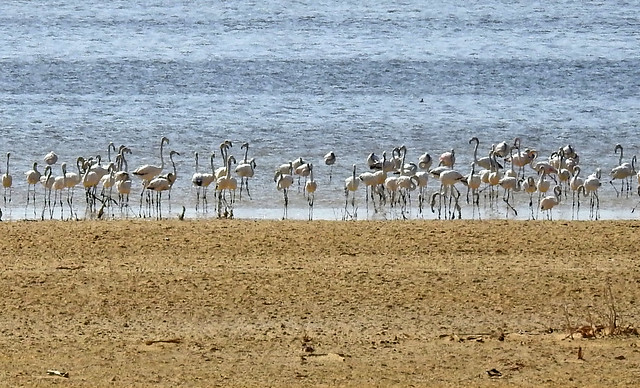
The town of Tunis, the surrounding scenery and the hotel are also quite photogenic but that will have to wait for another posting. Click-through on any of the pictures to see other birds not mentioned plus extra shots of the ones that were.
